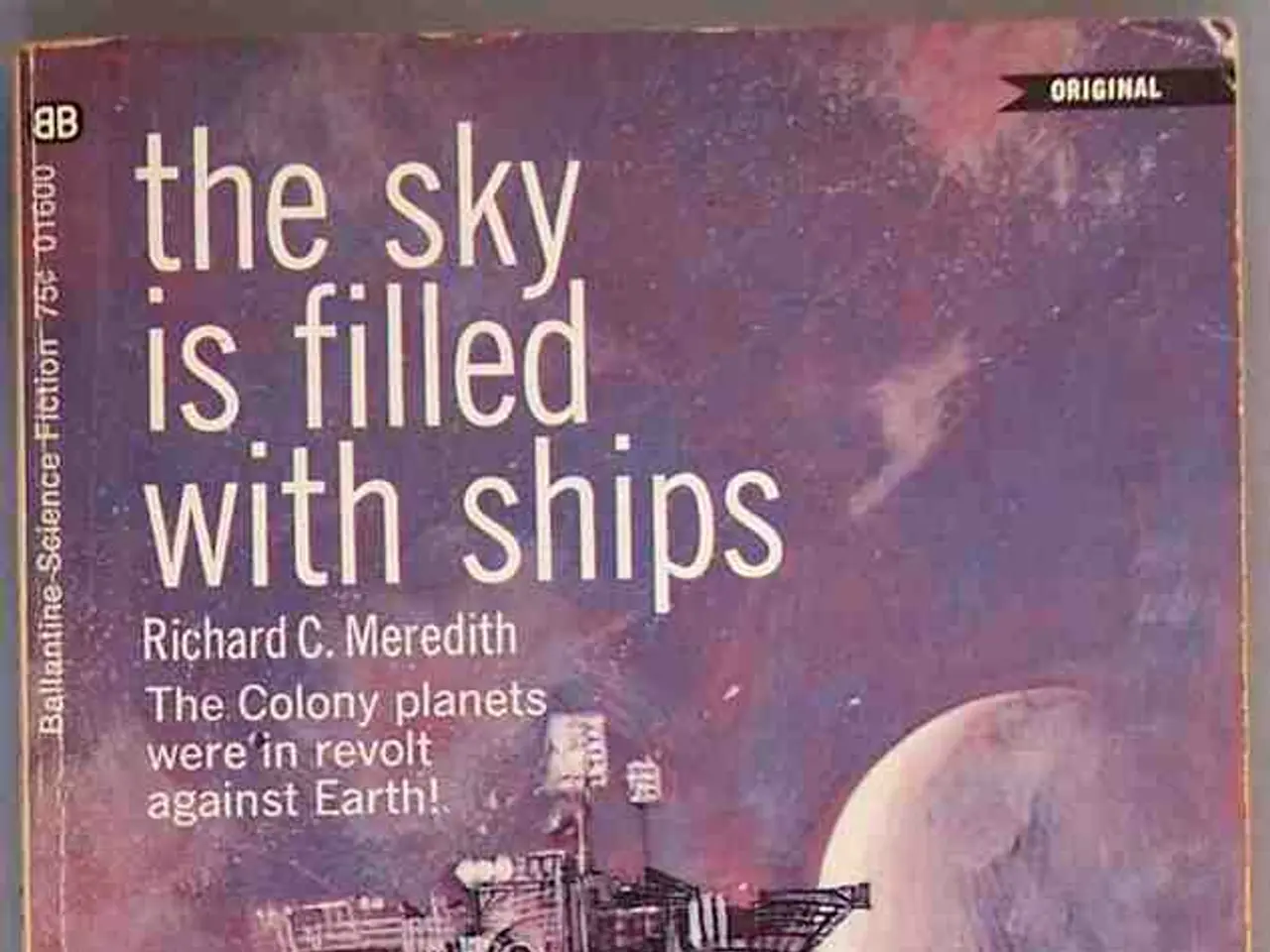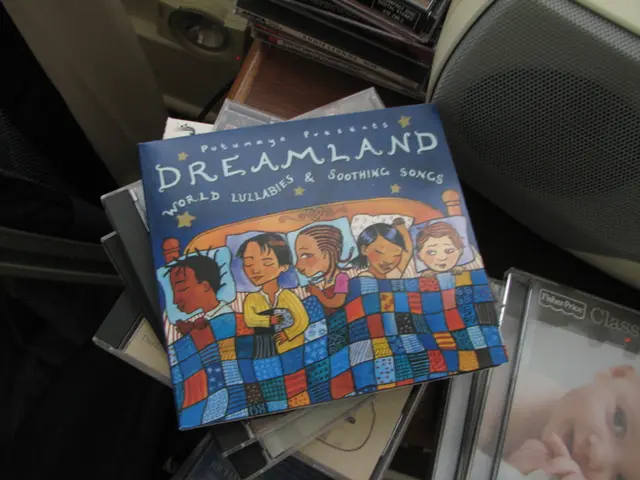Beneath Mercury's exterior, a substantial deposit of diamonds might reside
In a groundbreaking study published in the journal Nature Communications, researchers have proposed the intriguing possibility of a diamond layer on the smallest planet in our solar system, Mercury. If confirmed, this discovery could revolutionise our understanding of terrestrial planets and the evolution of planetary systems near the Sun.
Under Mercury’s extreme pressure and temperature conditions, carbon could crystallise into diamond deep beneath its surface. This finding suggests that diamonds may be present in a layer estimated to be about 15 to 18 kilometers thick.
The discovery of a potential diamond layer on Mercury contributes to our understanding of terrestrial planets and planetary system evolution in several ways:
- Planetary differentiation and interior structure: The presence of a substantial diamond layer indicates significant carbon content in Mercury's interior, revealing details about planetary differentiation — the process by which different layers separate and form inside rocky planets near the Sun.
- Thermal and mechanical properties of planetary layers: Diamonds have exceptional hardness and thermal conductivity. A diamond layer could influence Mercury’s heat flow, magnetic field generation, and crustal tectonics, offering new insights into how such planets cool and evolve.
- Insights into solar system formation conditions: Finding diamonds supports models where carbon compounds were abundant in the inner solar system and subject to high-pressure processes, helping refine our understanding of material distribution during early planetary system development.
- Comparative planetology: Comparing Mercury’s diamond layer with Earth’s known diamond deposits and the possible presence of diamonds on Mars aids in constructing comprehensive models of carbon chemistry and geology across terrestrial planets in the Sun’s neighbourhood.
The study also considers two main scenarios for the formation of diamonds on Mercury: their formation from the initial magma ocean, possibly rich in sulfur, or their expulsion from the core during its solidification. If confirmed, the presence of diamonds on Mercury could challenge our current understanding of the planet’s geological history.
This discovery acts as a natural laboratory to study material behaviour under extreme conditions and informs broader theories on how rocky planets near stars develop complex interiors, influencing their magnetic, thermal, and surface evolution within planetary systems. The quest for understanding the diamond layer on Mercury continues, with promises of enriching our knowledge of terrestrial planets and the evolution of planetary systems near the Sun.
- The intriguing diamond layer discovery on Mercury, if confirmed, could spur new research in space-and-astronomy, potentially expanding our understanding of the formation of terrestrial planets and the evolution of planetary systems near the Sun.
- As technological advancements continue in science and research, scientists may use the unique properties of diamonds as a means to explore the environment and thermal properties of planetary layers, catering to the study of planetary differentiation and interior structures.
- One of the key advantages of this diamond layer discovery lies in its potential to inspire further investigation into the origins of carbon in space-and-astronomy, contributing to the refinement of theories on solar system formation conditions and material distribution during early planetary system development.




